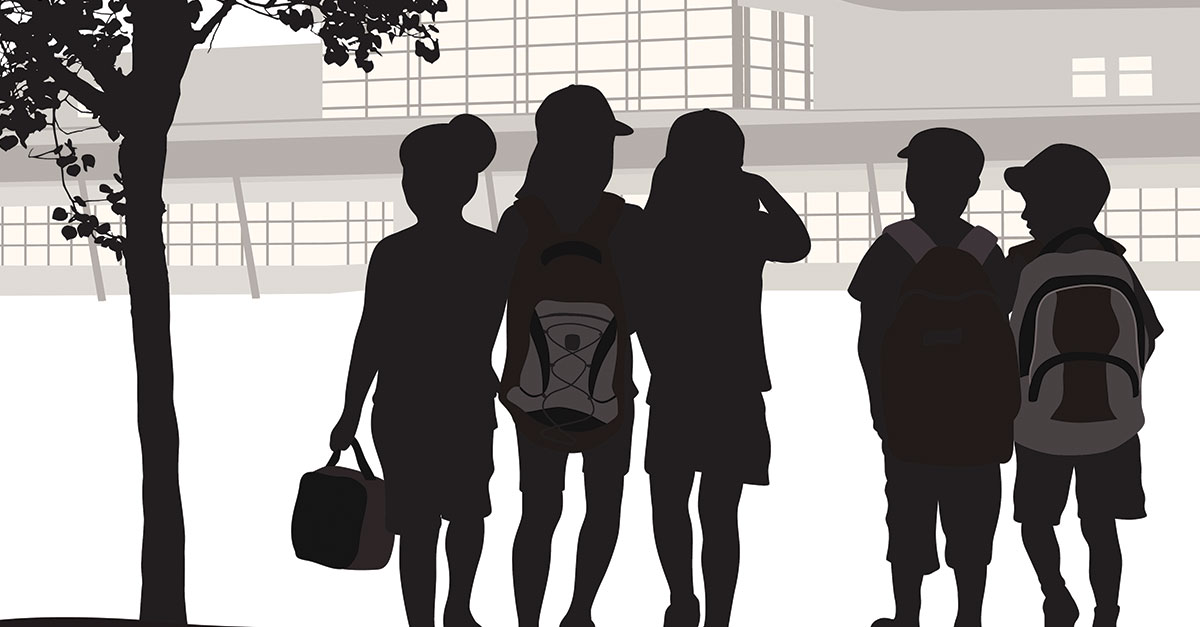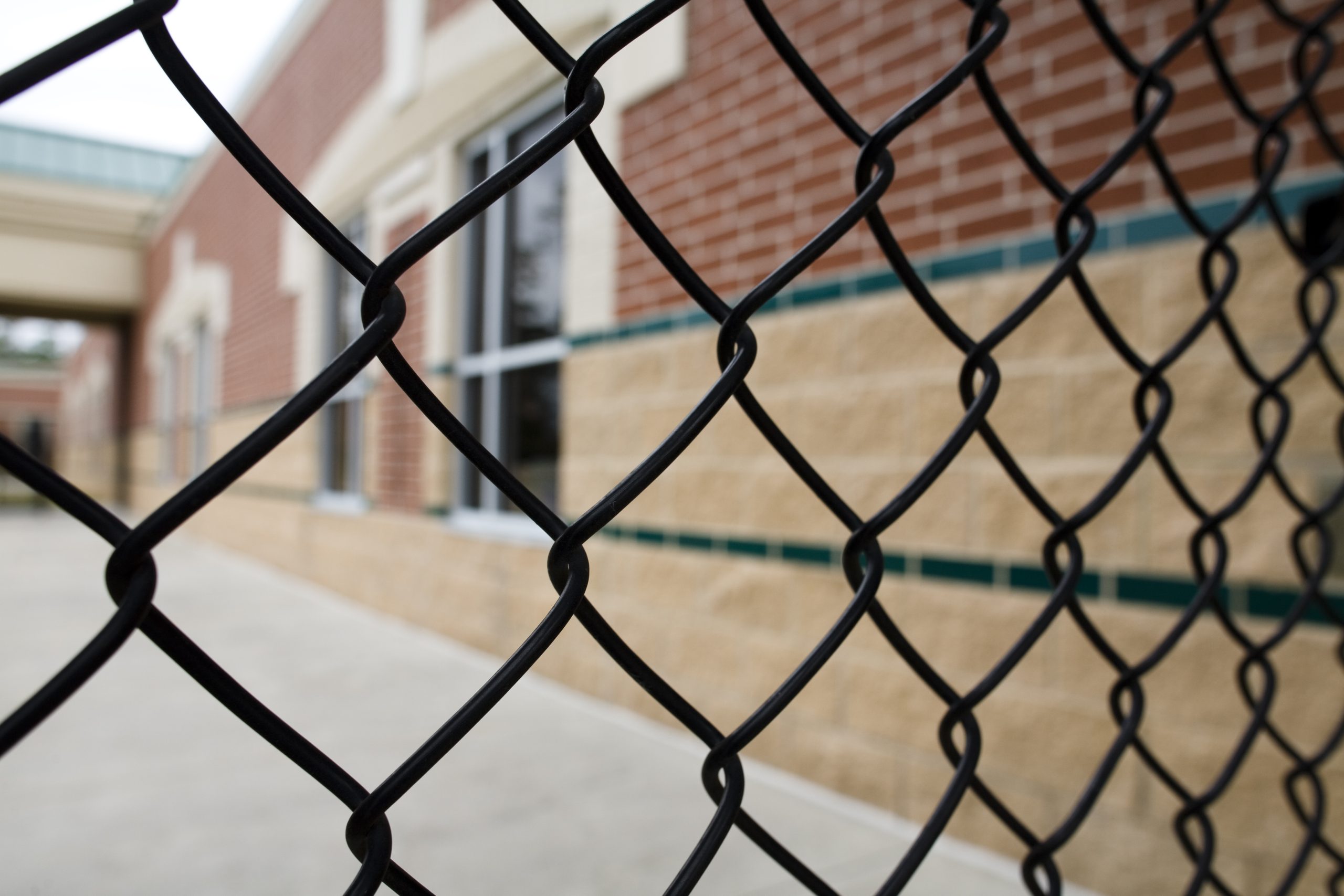More than 14,000 Californians received state help between 2016 and 2019 to recover from human trafficking — 26 percent of whom were under the age of 18, according to a new report from the Little Hoover Commission.
California must prioritize victim services for labor trafficking survivors and adopt strategies to ensure that resources are in place to help survivors escape the cycle of abuse and subsequently thrive, according to the authors of Labor Trafficking: Strategies to Help Victims and Bring Traffickers to Justice.
According to researchers, of the 14,000-plus who received support from the state, 78 percent were trafficked for sex and 22 percent for forced labor. While authors note that lawmakers and education officials have taken steps in recent years to deter child sex trafficking, they call for similar investment in protections for child victims of labor trafficking.
“It is crucial that all children are protected,” Commissioner Dion Aroner, a member of the study’s subcommittee, said in a statement. “Nothing is more important than ensuring that California’s youngest and most vulnerable residents do not fall prey to the evil of human trafficking.”
Labor trafficking occurs when employers use force, fraud or coercion to exert a level of control over workers that leaves them trapped in oppressive situations. It can occur in a variety of workplaces, including restaurants, construction sites, farm fields and households, and is often very difficult to detect. Unfortunately, widespread unemployment due to the pandemic may be further contributing to conditions that allow labor trafficking to flourish, researchers wrote.
Labor trafficking appears to be concentrated in the Central Valley, researchers found. Fresno County, for instance, is home to 2.6 percent of California’s residents, but 21 percent of labor trafficking survivors were served by a provider based in that area.
The report cited some obstacles that make it difficult to identify labor trafficking, including a lack of enforcement of anti-trafficking laws and a lack of familiarity about the issue among government officials and the public. Researchers also found that the state’s primary focus has been on combatting sex trafficking — a vital focus that must continue, they said, but also be expanded to include labor trafficking.
In 2018, two bills were signed allowing schools to provide instruction on the potential risks of sharing sexually suggestive or explicit materials through digital media, and require schools to include information on how social media and mobile devices are used for human trafficking. That same year, California’s Human Trafficking Prevention Act took effect, requiring school districts to include both labor and sexual human trafficking prevention education in grades seven through 12 as part of comprehensive sexual health education. It also requires human trafficking awareness training for school district staff.
Due to the complexity of labor trafficking crimes, agencies at the state and local levels will need to implement a number of broad changes to make a significant impact on mitigating human trafficking in California.
The report recommends:
- Empowering state agencies to investigate labor trafficking crimes through methods such as mandating the Department of Industrial Relations to pursue labor trafficking alongside its other work to combat the underground economy.
- Standardizing coordination among federal, state and local agencies around labor trafficking.
- Tracking labor trafficking enforcement activities, including criminal, civil and administrative remedies, and study outcomes to identify best practices.
- Ensuring that law enforcement and court personnel understand how to investigate and prosecute state-level cases of labor trafficking through training and other means.
“Too often, this heinous crime goes undetected, and those who have been preyed upon have nowhere to turn,” Commission Chair Pedro Nava said in a statement. “This horrible crime demands an aggressive response, and our recommendations will help California do just that.”
If you or someone you know is a victim of human trafficking, the National Human Trafficking Hotline can help. Call toll-free at 1-888-373-7888 or text at 233-733 (Be Free).
For more information:
- What does a victim of child trafficking look like? — FAQ
- The Polaris Project — Home of the National Human Trafficking Hotline and largest known U.S. data set on actual trafficking experiences and resources
- Close to Home: The surprising truth about human trafficking — California Schools magazine article





